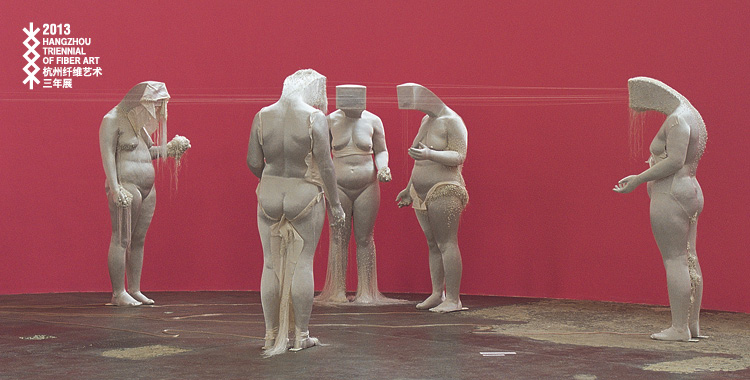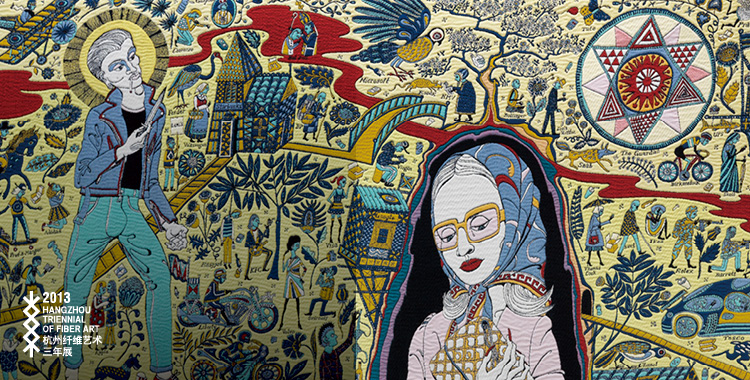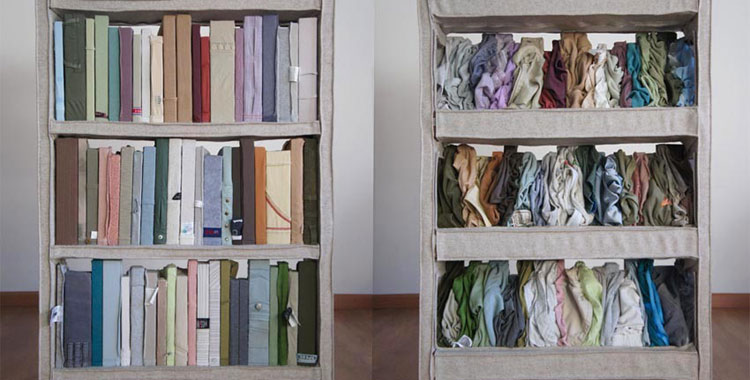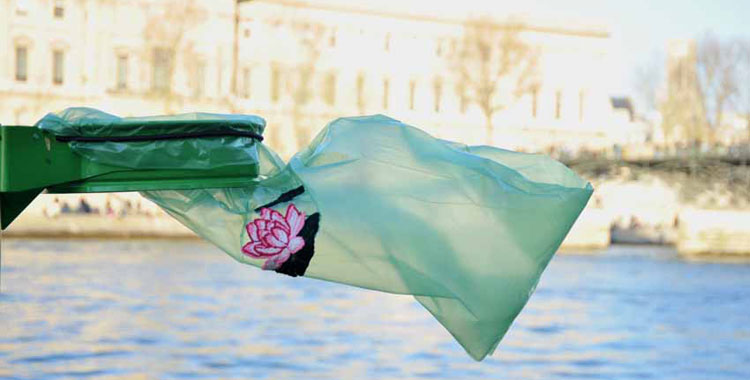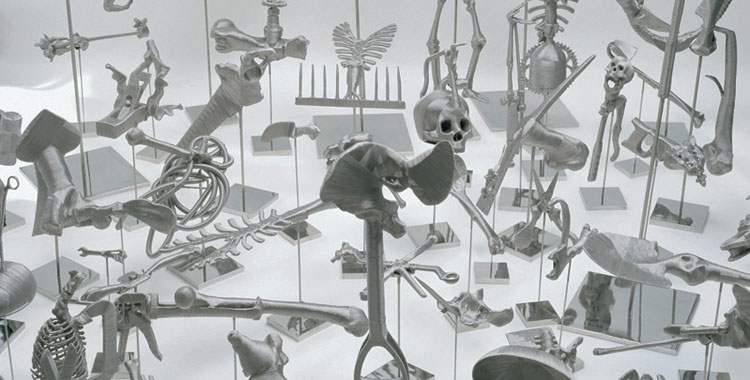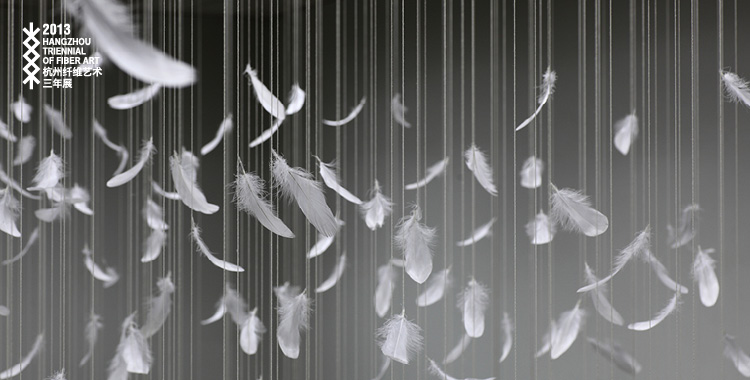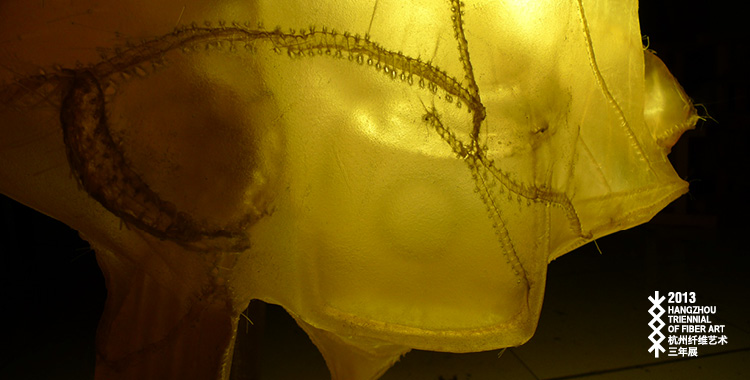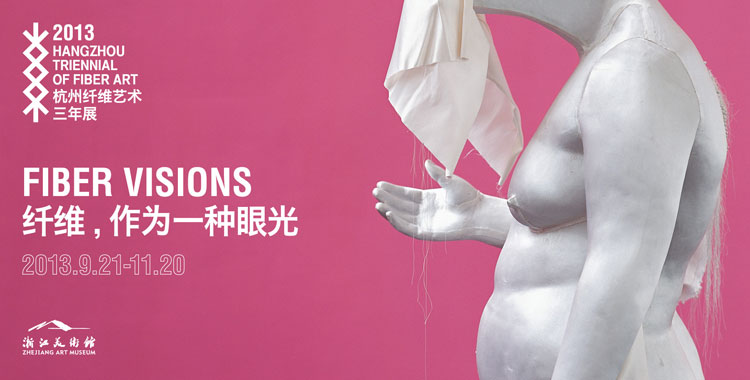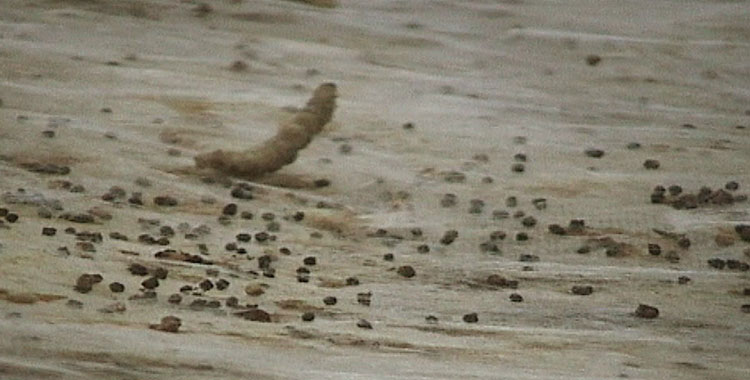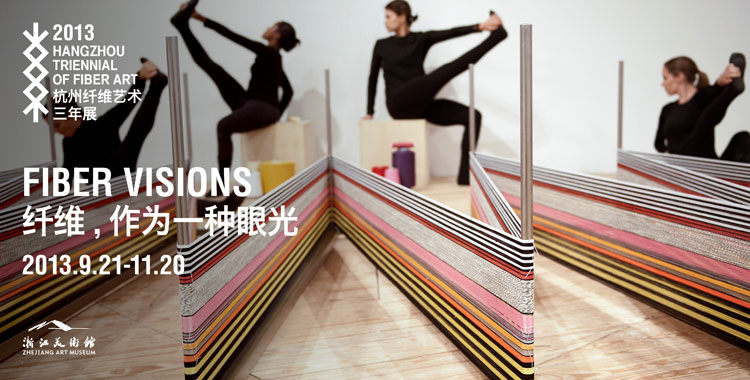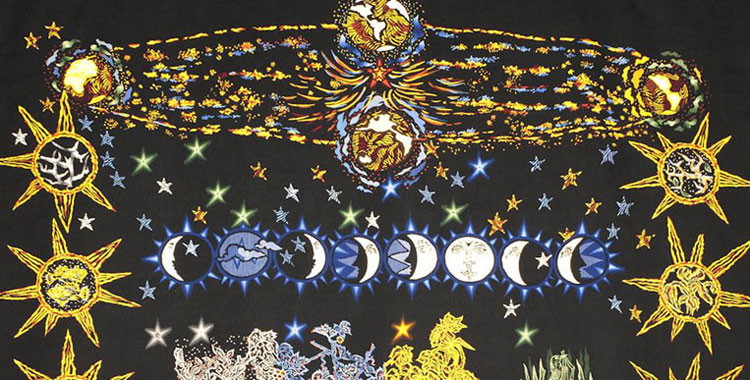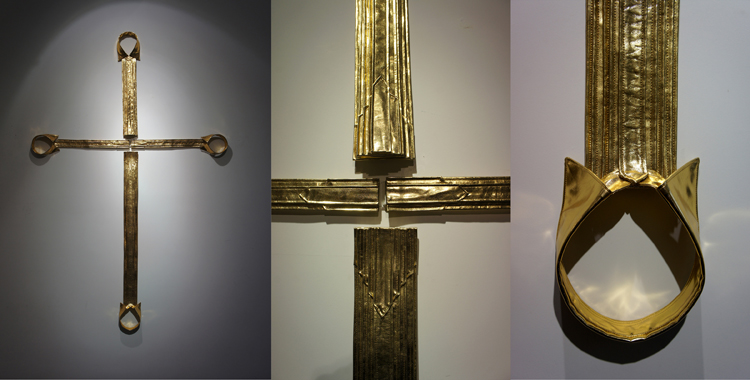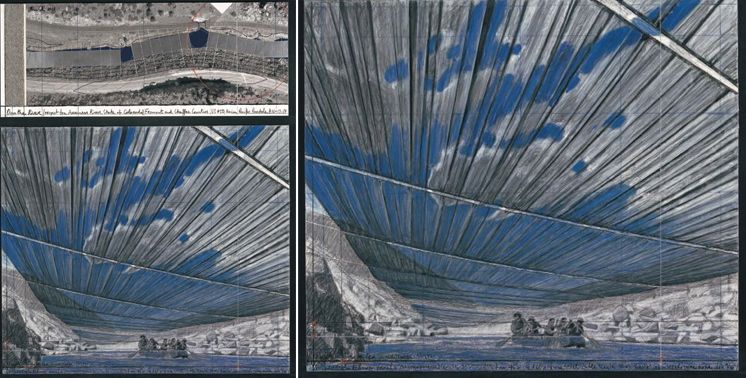Christian Holstad
Born in Anaheim, California. Lives and works in Brooklyn, NY
2006 Leather Beach, Prince Deli (Daniel Reich Gallery), New York, USA
The Terms of Endearment, Museum of Contemporary Art, Miami, USA
2008 I Know Why the Birdcage Sings, Daniel Reich Gallery, New York, USA
2009 Christian Holstad, Galleria Civica of Modena, Italy
American Standard, Victoria Miro Gallery, London, UK
Christian Holstad, Galleria nazionale d’arte moderna, Rome, Italy
2009 The Power of Paper, Saatchi Gallery, London, UK
Compilation IV, Kunsthalle, Dusseldorf, Germany
Compass in Hand, Selections from the Judith Rothchild Collection, MOMA, New York, USA
2009/2010 The World’s Gone Beautiful, Daniel Reich Gallery, New York, USA
2010 Rive gauche / Rive droite, Paris, France
2011 You Will Find Me if You Want Me in the Garden unless It’s Pouring Down with Rain, Massimo De Carlo, Milan, Italy.
2011 Portraits: Cabinet de Curiosités, Galerie Betrand & Gruner, Geneva, Swizerland
2012 Paper, The Saatchi Gallery, London, UK.
2013 The Book of Hours, Andrew Kreps, New York, USA
2013 Aquatopia, Nottingham Contemporary & Tate St. Ives, UK. (Forthcoming)
Linked by attitude rather than medium or method, American artist Christian Holstad’s work, which encompasses installation, performance, photography, collage and textiles, probes received ideas about class, culture, sexuality and society. A keen eye on concepts of ‘high and low’ informs a practice that is concerned with the construction and manifestation of social space. Holstad’s areas of interest encircle codes of behaviour – both in mainstream culture and various subcultures – often exploring the connection between commerce, identity and desire.
The ways in which we are served and respond to objects, images and ideas according to preconceived ideas about the desires of various demographics are challenged and subverted in Holstad’s witty, biting work. Through the use of thrifty DIY practices and a deliberate homespun craft aesthetic at one extreme and a near-apocalyptic depictions of consumerist waste at the other, Holstad opens up a space to question the motivating factors of identity construction, how we see ourselves and view others. Yet, if his installations veer towards the dystopic, suggesting lives and deaths reduced to a collection of comestibles, the ways in which he goes about repurposing objects, images and ideas encourages us to think about the narratives that drive of our own lives, how they too can be repurposed and how, as a result, outcomes might be very different.


